
How to Make a Bracelet Smaller Like a Pro
Wondering how to make a bracelet smaller without ruining its style? Start by assessing the material—whether it’s metal, beads, or leather—so you can choose the right tools, like jewelry pliers, a tape measure, and cutting equipment. For chain bracelets, remove symmetrical links and reattach the clasp securely. Beaded designs require careful untying or snipping, followed by removing extra beads and re-knotting with strong crimps or knots. Always wear protective eyewear and work with precision to maintain both safety and finish. If you're adjusting delicate chain styles like those in our gold ankle bracelets collection, be extra gentle to preserve their elegant look. More advanced techniques and creative ideas for using extra links are just ahead.
Assessing Your Bracelet Type
Identifying your bracelet's construction is essential before making any adjustments.
Begin by examining the materials—determine if you're working with metal links, elastic cord, leather, fabric, or beaded wire. Each material demands a specific approach and affects the modification process.
Pay close attention to clasps, closures, and joint connections, as these components influence how you can safely resize the bracelet.
Understanding bracelet styles, such as bangles, chain bracelets, cuffs, or stretch types, will guide your next steps and reveal any built-in adjustability features.
Always note whether decorative elements or gemstones are present; improper handling could compromise their integrity.
Prioritize a methodical assessment to prevent accidental damage and guarantee safety.
Essential Tools and Materials
A reliable toolkit streamlines the resizing process and guarantees accuracy when making a bracelet smaller. Start with precise measuring tools—such as a flexible tape measure or digital calipers—to determine the exact length you need to remove. Accurate measurements prevent over-shortening and assure a comfortable fit.
Next, select high-quality jewelry pliers, including chain-nose and round-nose types, to manipulate links, open jump rings, or adjust clasps without damaging delicate components. Wire cutters are essential for cleanly trimming metal or elastic strands.
Lay out a soft work mat to prevent parts from rolling away and to protect surfaces. Always wear safety glasses to shield your eyes from stray wire fragments. Organize small storage containers for loose findings and removed links, maintaining safety and precision throughout the project.
Shortening Chain Bracelets
Precision defines the process of shortening chain bracelets, as each adjustment impacts both fit and structural integrity.
Begin by measuring your wrist and determining the ideal chain length for comfortable wear. Use precision pliers to open the jump ring or clasp attachment, taking care not to distort the metal.
Remove the necessary chain links according to your measurement, guaranteeing you retain symmetry for consistent bracelet styles. Always count the removed links to maintain accuracy.
Reattach the clasp securely, checking all closures for proper alignment and strength. Wear safety glasses to protect your eyes from flying metal fragments during cutting.
Test the finished bracelet for a secure fit and inspect connections for weak points. Proper technique guarantees longevity and professional results in shortening chain bracelets.
Adjusting Beaded Designs
While chain bracelets require link removal for size adjustments, beaded designs demand a different approach rooted in stringing techniques and bead placement.
Start by unclasping the bracelet and locating the secure knot or crimp bead. Carefully cut or untie this closure, ensuring you don't scatter the beads. Assess the current length and decide how many beads to remove, factoring in the desired fit and the bracelet's design patterns.
During bead selection, maintain symmetry and visual balance by removing beads evenly from both ends or following the original sequence. Use precision tools such as bead stoppers or tweezers for accuracy and control.
Once adjusted, restrengthen the closure with a new knot or crimp, testing for durability. Always prioritize safety and maintain original aesthetics.
Resizing Leather Bracelets
Because leather bracelets vary in construction—ranging from flat bands to braided cords—resizing requires careful assessment of the closure type and material integrity.
First, identify whether your bracelet features a clasp, button, or knot closure, as this impacts the modification method. For flat bands, measure and mark the excess length precisely before leather cutting, using a sharp utility knife and a straightedge for clean results. Always cut away from your body to avoid injury.
After trimming, reattach the closure securely, ensuring no loose ends compromise durability. For braided cords, unravel, remove excess, and rebraid tightly, maintaining original tension.
If exposed edges appear lighter after resizing, apply bracelet dyeing techniques matching the original shade. Allow adequate drying time before wearing to prevent staining.
Modifying Cuff Styles
If your bracelet features a metal cuff style, you’ll need to approach resizing with caution to maintain both comfort and structural integrity.
First, assess the metal type—softer metals like sterling silver or gold allow for minor adjustments, while harder metals like stainless steel or titanium are more prone to stress fractures.
To reduce size, gently compress the cuff by applying even pressure at the ends, taking care not to distort the cuff width or shape.
Avoid excessive bending, as repeated stress can weaken the metal and compromise durability.
Always use padded pliers designed for jewelry work to minimize surface scratches.
For intricate designs or thicker cuffs, seek professional jeweler assistance to avoid damaging the piece or causing injury during modification.
Clasp Replacement Techniques
One effective method to make a bracelet smaller involves replacing the existing clasp with an adjustable or shorter style.
First, assess the current clasp type—lobster, spring ring, toggle, or magnetic—and consider the clasp materials, such as stainless steel, sterling silver, or gold-filled options, to match or enhance durability.
Use precision jewelry pliers to detach the original clasp, ensuring you don’t damage the jump rings or adjacent links.
Select a clasp type that offers length adjustment or a smaller profile, like a sliding bead or a shorter bar toggle.
Attach the new clasp securely using appropriately sized jump rings, verifying closure alignment and structural integrity.
Always check for sharp edges or incomplete closures to prevent skin irritation or accidental loss.
Professional Finishing Touches
After securing the new clasp, inspect all connection points for proper alignment and tightness using a jeweler’s loupe or magnifying glass.
Evaluate each link and attachment for sharp edges or burrs, employing a fine needle file or micro-mesh abrasive if necessary.
Use professional tools such as chain-nose pliers to realign any misaligned components without marring the metal.
Apply finishing techniques like gentle polishing with a soft cloth or a jewelry-specific polishing pad to restore luster, taking care not to over-polish plated surfaces.
If the bracelet features gemstones, confirm their settings are stable and undisturbed.
Always check that moving parts, such as hinges and clasps, operate smoothly without excessive play.
Prioritize safety by wearing eye protection during all adjustments and ensuring your workspace is well-illuminated.
Tips for Maintaining Durability
To guarantee your resized bracelet maintains structural integrity, regularly inspect all joints, clasps, and soldered areas for early signs of wear or fatigue.
Use a magnifying loupe to detect microfractures, loose links, or compromised solder. Apply a small amount of jeweler’s lubricant to moving parts; this reduces friction and prolongs joint life.
For best durability tips, avoid exposing the bracelet to harsh chemicals or extreme temperatures, as these can weaken metal alloys and adhesives.
Employ maintenance techniques such as gentle cleaning with a soft brush and pH-neutral soap to prevent abrasive residue buildup.
Always store your bracelet in a padded compartment to mitigate accidental impacts.
Creative Ideas for Reusing Removed Links
Repurposed bracelet links offer valuable material for custom jewelry projects, minimizing waste while maximizing utility. You can incorporate these links into upcycled jewelry, transforming them into pendants, charms, or connectors for new designs.
For DIY projects, use precision pliers and fine-gauge jump rings to join links securely, ensuring structural integrity and aesthetic cohesion. Always file sharp edges to prevent skin irritation or snagging.
Consider integrating removed links into earrings, keychains, or even as decorative zipper pulls—each application benefits from the link’s durability and original finish.
When soldering links, wear protective eyewear and operate in a well-ventilated area. By reusing bracelet links, you not only enhance your technical skills but also contribute to sustainable, resource-efficient jewelry creation.
Frequently Asked Questions
Can Resizing a Bracelet Damage Its Original Value or Design?
When you resize a bracelet, you risk compromising its resale value and design integrity. Precision adjustments require technical expertise to maintain structural strength and aesthetic coherence, so always consult a professional to guarantee safety and preserve the piece’s worth.
How Do I Store My Bracelet Safely After Resizing?
After resizing, you'll optimize bracelet storage by using a compartmentalized jewelry box lined with safe materials like velvet or acid-free tissue. Avoid direct sunlight, humidity, and abrasive surfaces to maintain structural integrity and prevent tarnish or scratches.
Is It Possible to Make an Elastic Bracelet Smaller?
Yes, you can make an elastic bracelet smaller by employing resizing techniques like restringing with less elastic material. Ascertain you use precision tools and secure knots, maintaining tension evenly to safeguard structural integrity and prevent overstretching.
Are There Risks of Allergic Reactions When Altering Metal Bracelets?
When you alter metal bracelets, you risk triggering metal allergies or skin irritation, especially if soldering exposes new surfaces or introduces contaminants. Always wear gloves, use hypoallergenic metals, and consult a professional to minimize adverse reactions.
How Can I Tell if a Bracelet Is Too Tight After Resizing?
To assess tightness indicators, insert a finger between the bracelet and your wrist. If you can't do this easily, it's too tight. Prioritize wrist comfort and circulation—monitor for indentations, numbness, or restricted movement to guarantee safety.
Conclusion
You've now mastered the technical steps to resize various bracelet types with precision and care. Always secure your workspace, use appropriate tools, and double-check closures for safety. Whether shortening chains, adjusting beads, or replacing clasps, attention to detail guarantees professional results and long-term durability. Don't discard removed links—repurpose them for creative projects. By following these safety-conscious, methodical techniques, you’ll confidently achieve a perfect fit and maintain your bracelet’s structural integrity for continuous wear.







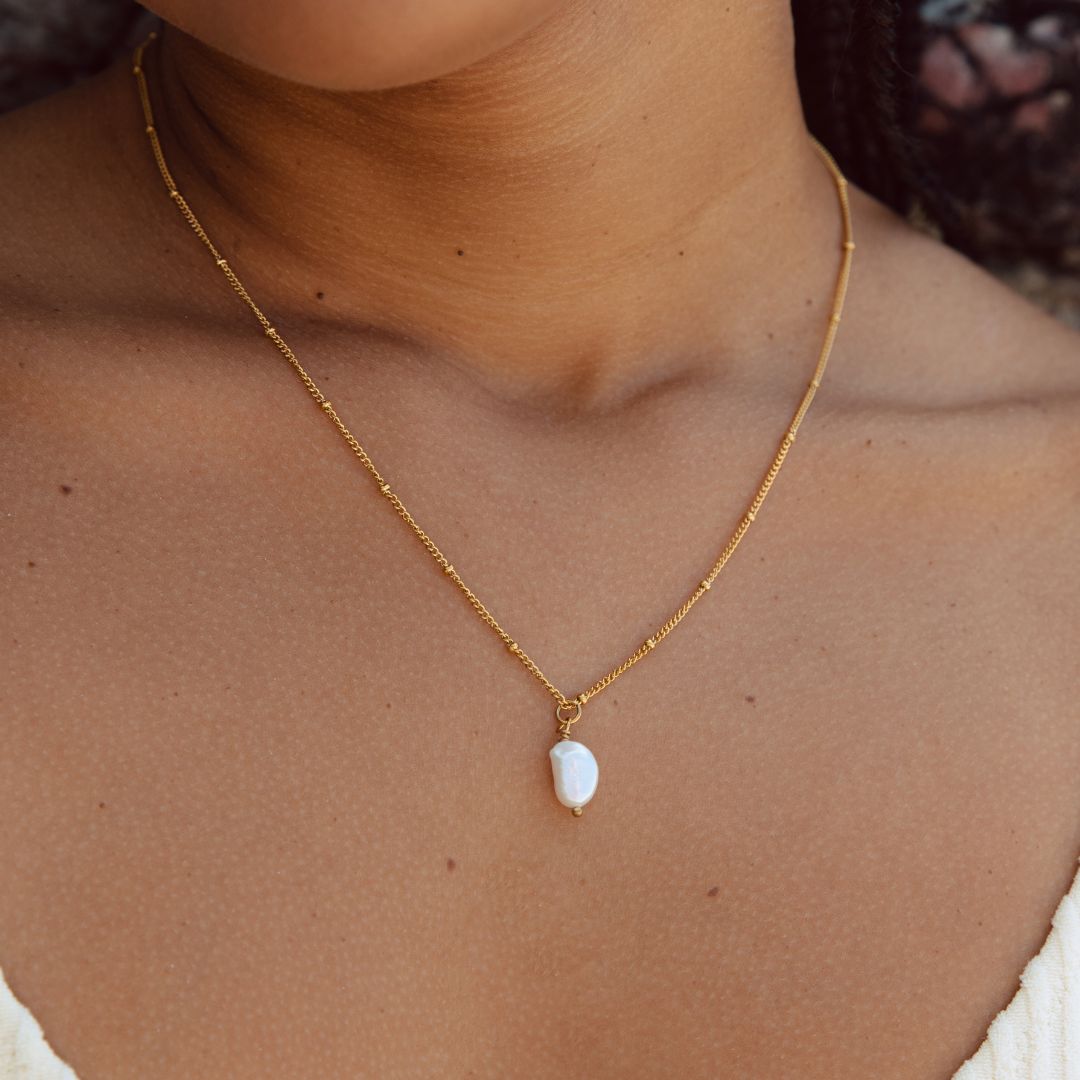

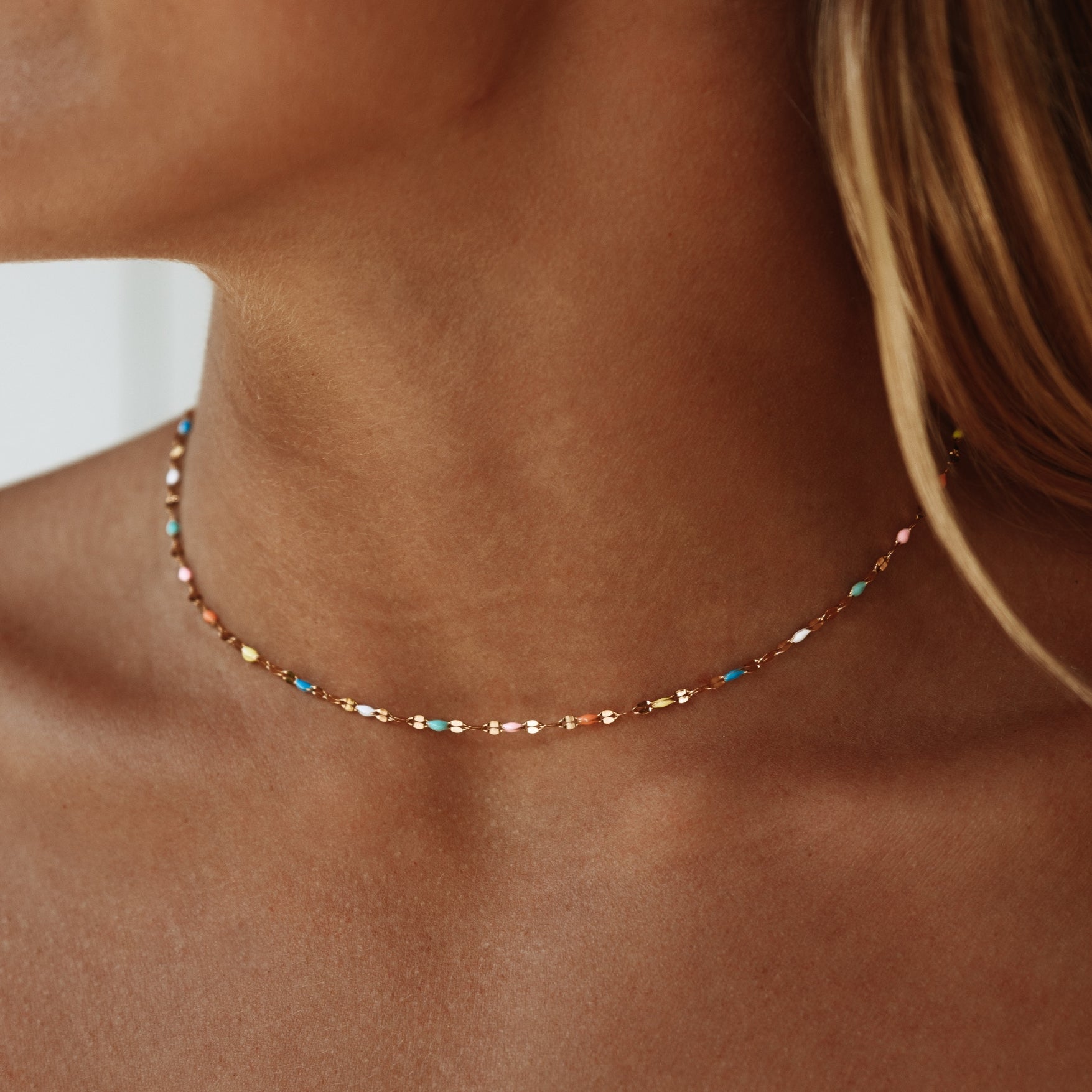


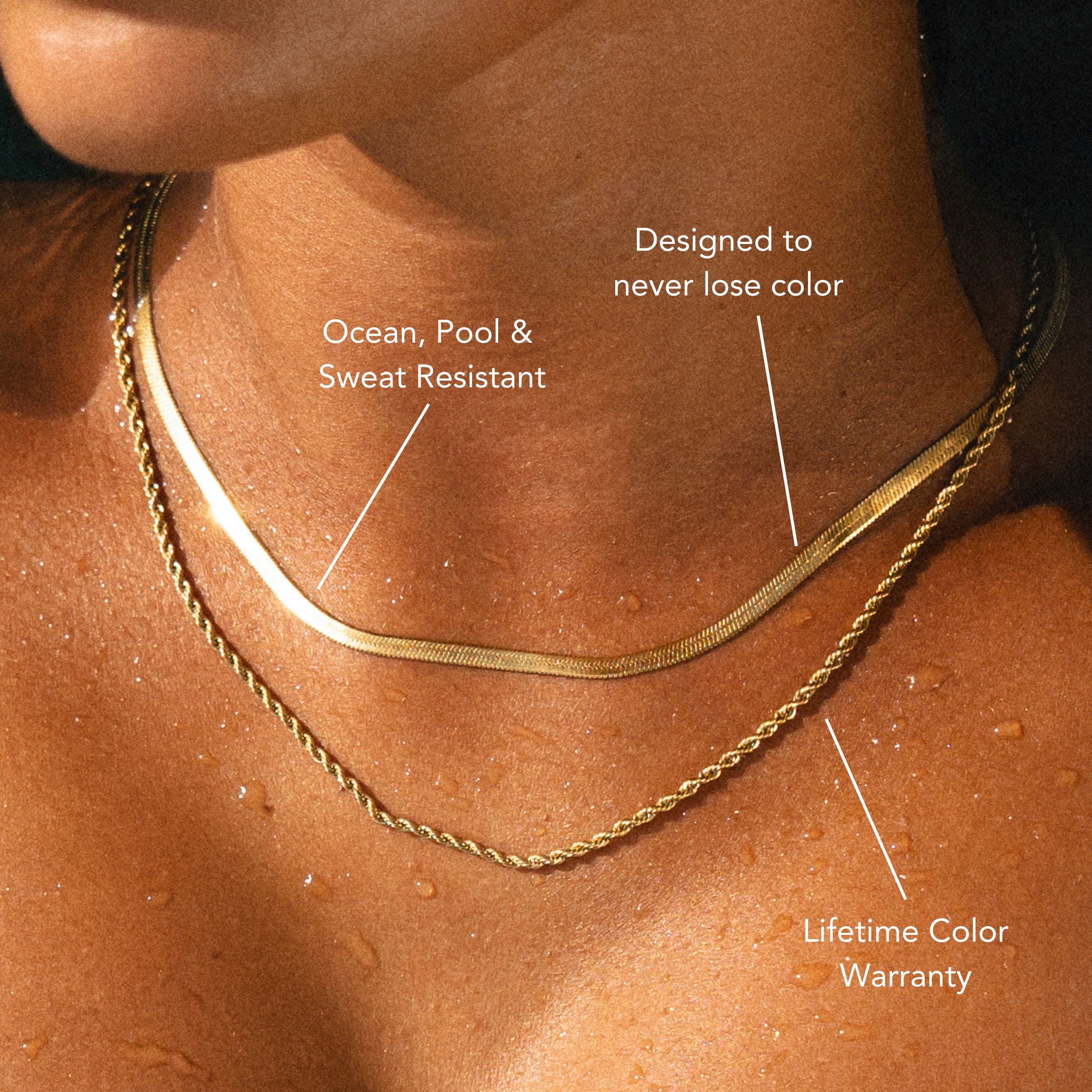
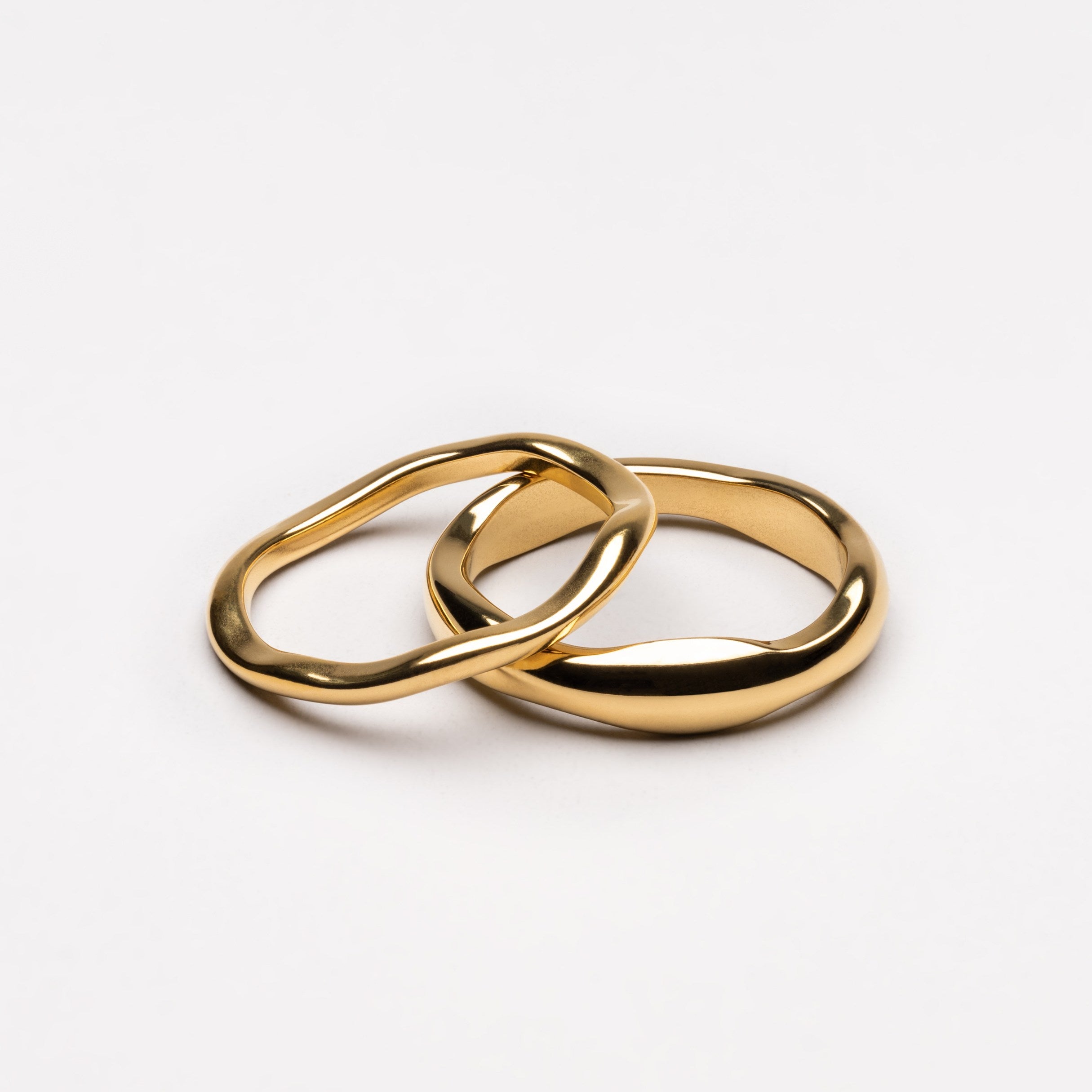


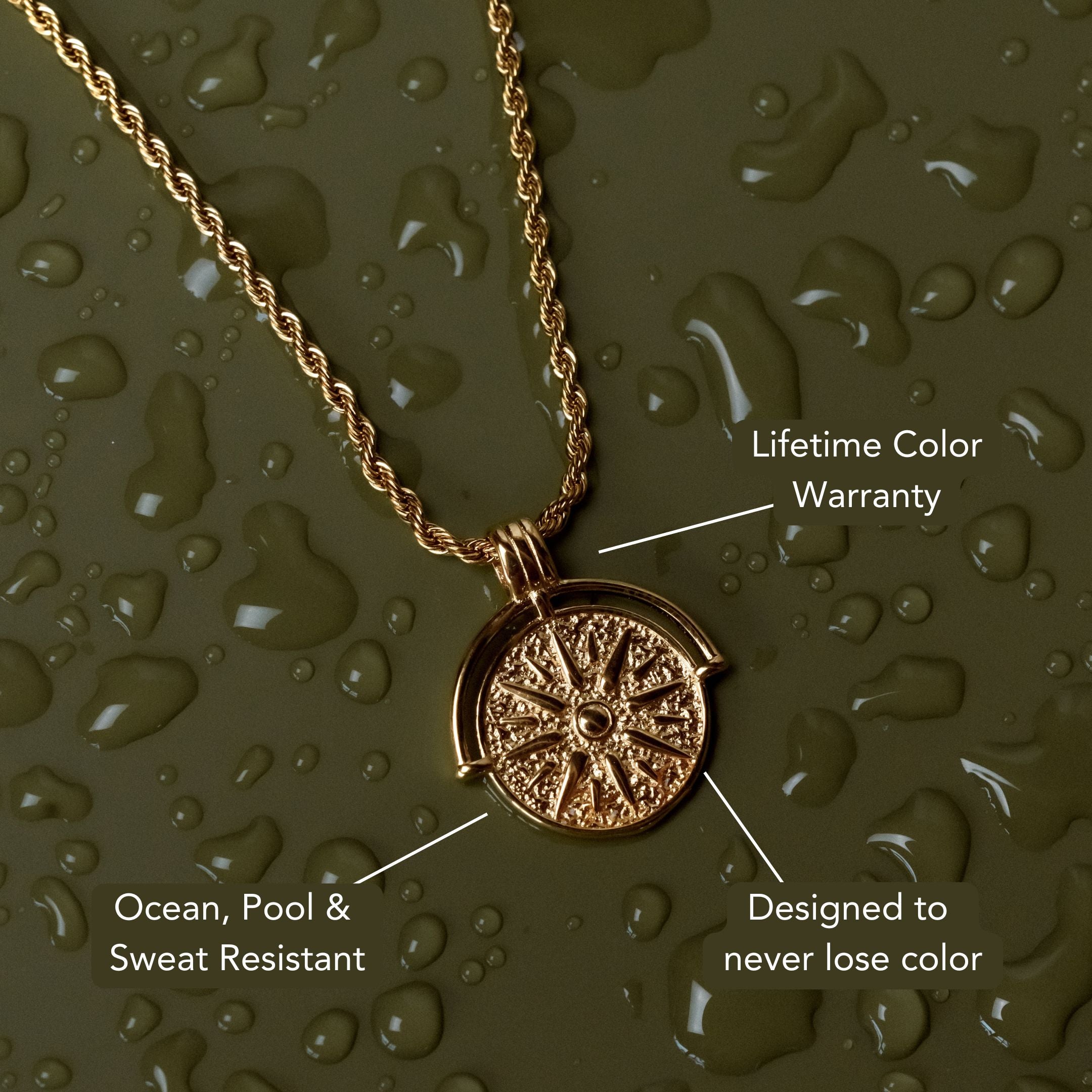
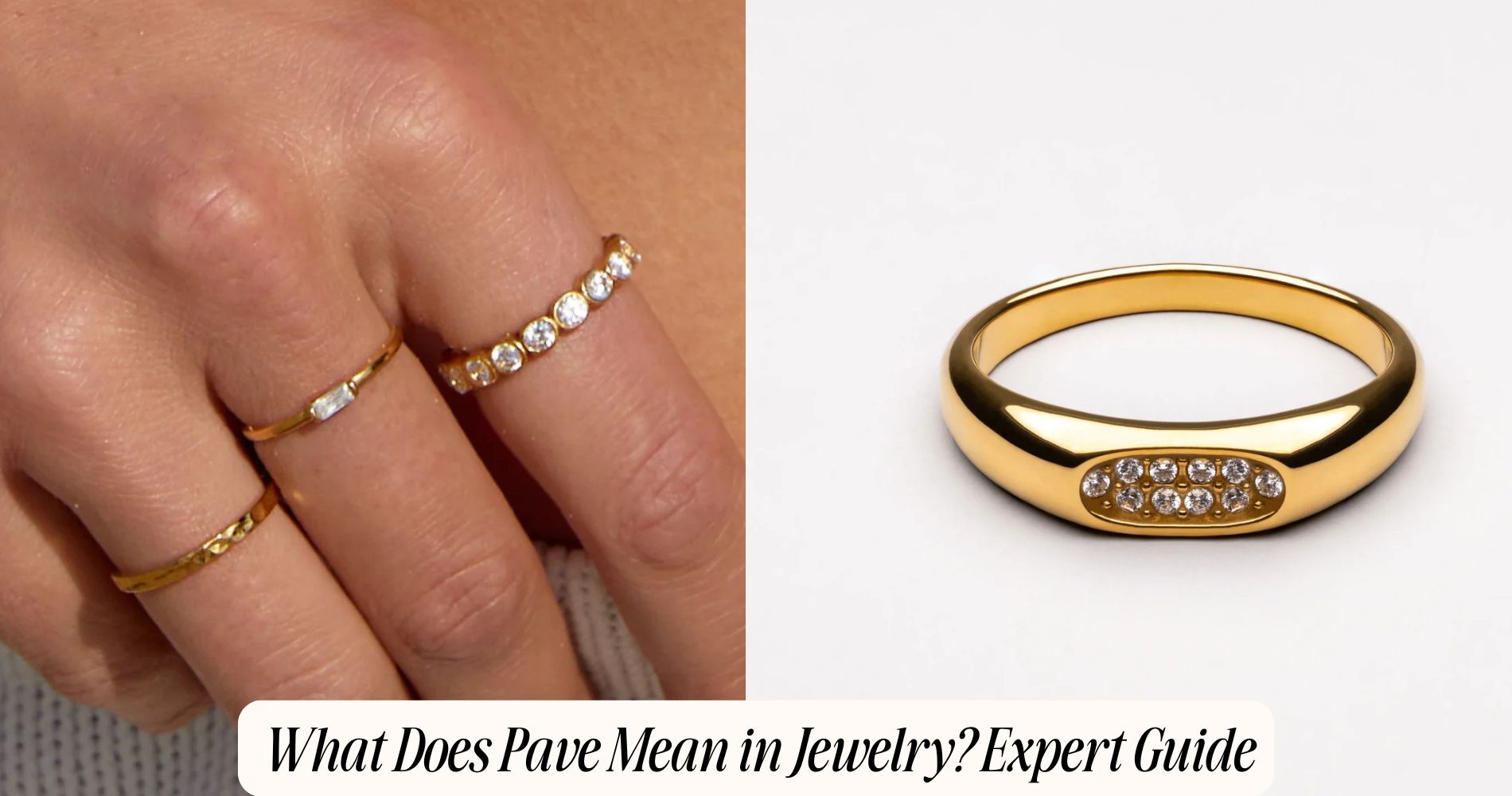
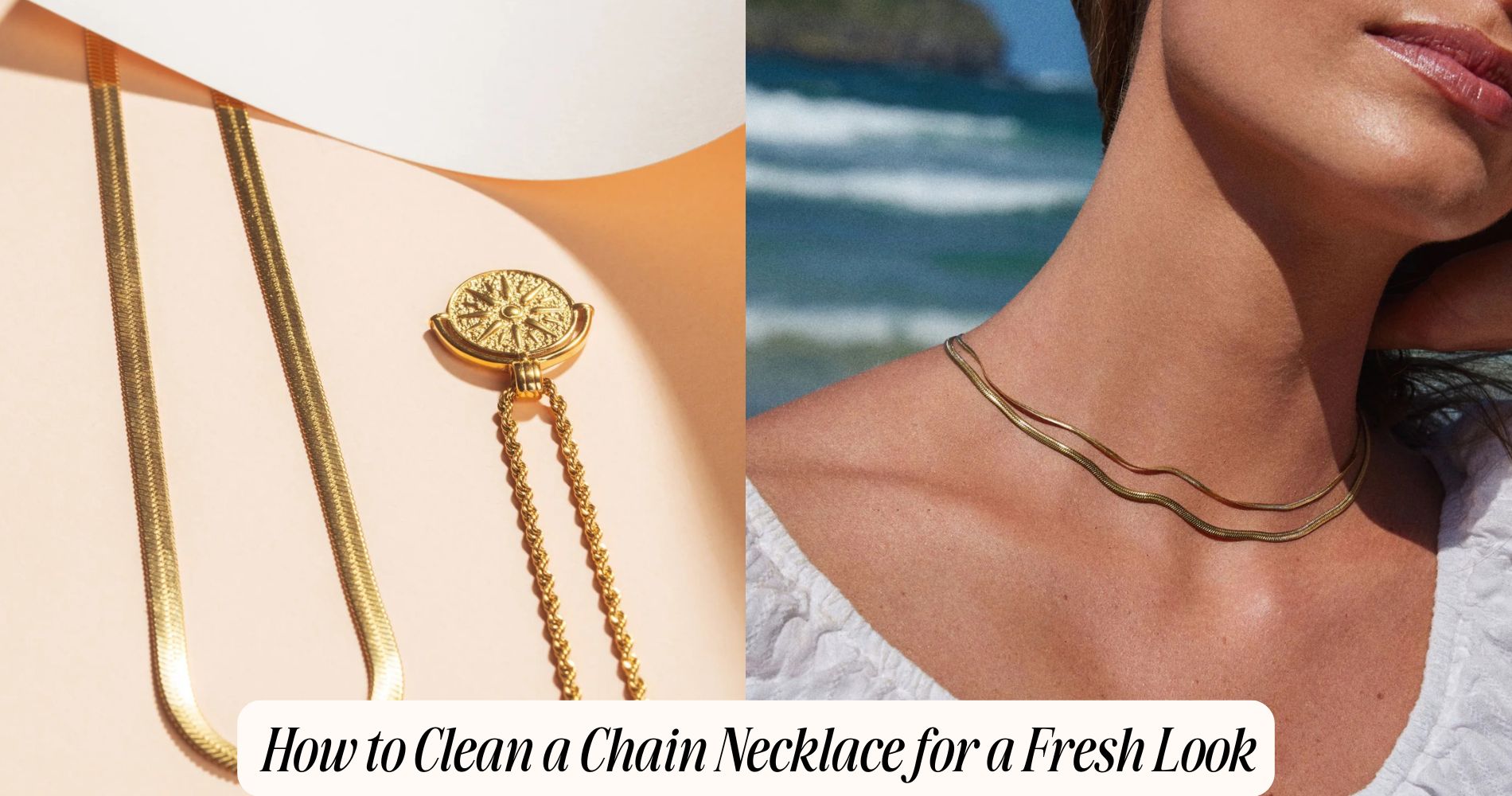




コメントを書く
このサイトはhCaptchaによって保護されており、hCaptchaプライバシーポリシーおよび利用規約が適用されます。